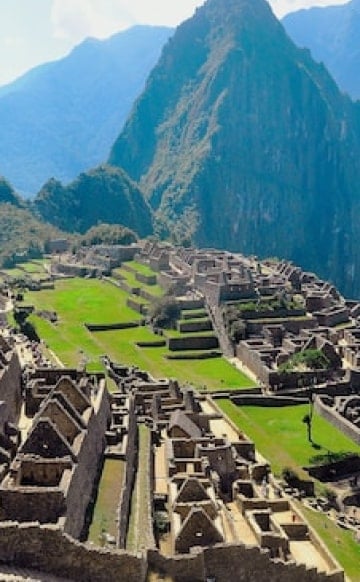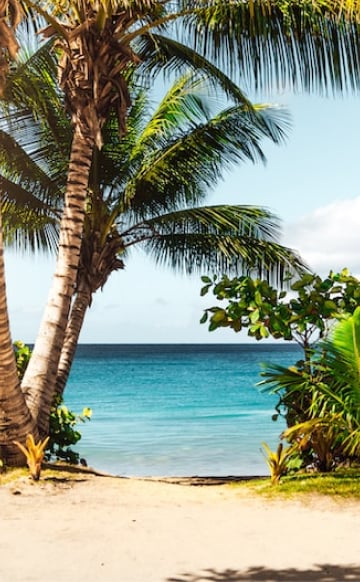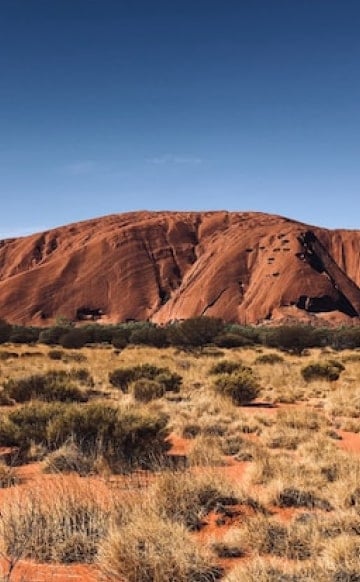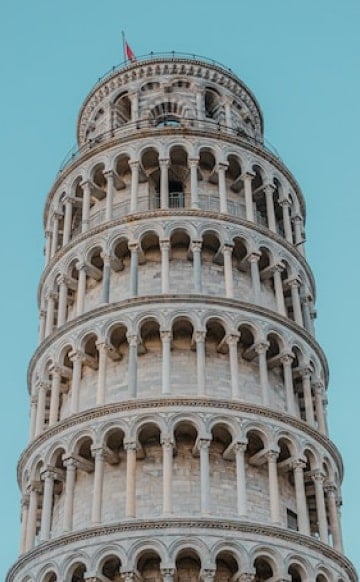Vacation Rental Prices Are Soaring Across the US, but Not Everywhere
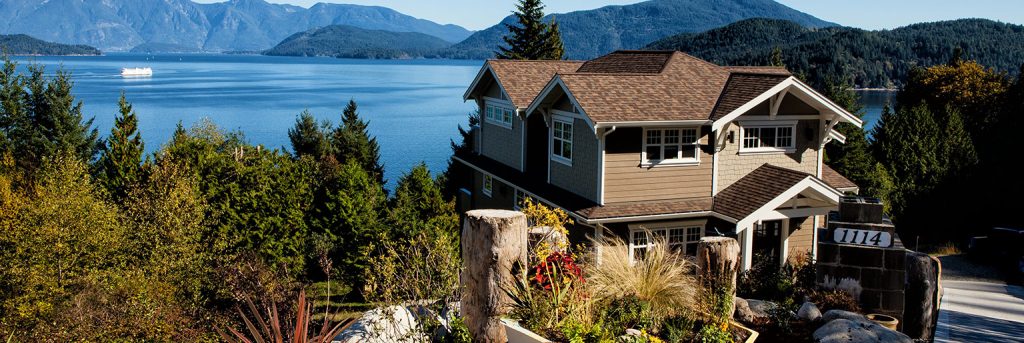
With over 50% daily rate increases in many U.S. vacation rental markets, Americans are waking up to a new landscape as they continue to book travel this summer. Average daily rates on Airbnb and Vrbo are up 23% nationwide in the first quarter of 2021 over 2019. Although the travel market is recovering, analyzing the ordinarily most in-demand U.S. vacation destinations reveals interest is still down 26% from two years ago.
Our Most Interesting Findings
-
- Average daily rates on Airbnb and Vrbo are up as much as 79% in some areas.
- We found only 9 areas where search demand is higher than 2019, signaling a true travel recovery.
- Hidden gems exist—where rates are falling, and travel-related search is still low.
We obtained vacation rental data for 265 U.S. markets from AirDNA, a leading short-term rental analytics company that tracks Airbnb and Vrbo listings. Our analysis of the data reveals 18 markets are experiencing steady or dropping rental rates, and another 16 markets are reckoning with over 50% rate hikes.
What’s Happening
Vacation rental rate increases are a combination of factors. First, average U.S. home values are rising; The National Association of Realtors reports median home prices are up 24% compared to this time last year. Second, vacation rental companies are making up for lost pandemic revenue. Third, according to AirDNA tracking, vacation rental listings are not back to pre-pandemic normal and lag behind demand. Revenge travel demand and the supply shortage are driving costs. Finally, Airbnb and Vrbo hold dominant positions in the vacation rental economy. In addition to lower earnings last year, revenge travel incentivizes these companies to subsidize fewer bookings without fear of losing potential customers- something many call the end to the millennial lifestyle subsidy.
Out of the 265 locations provided by AirDNA, we dove into the 50 highest and lowest average daily rate increase municipalities of 2021. We collected over 20,000 travel-related search data points from Google Trends for a peripheral view of recovering demand. Our investigation into vacation rental queries reveals the U.S is still in the recovery phase.
According to a separate AirDNA analysis, occupancy rates are passing 2019 levels in rural and small-town stays. However, both the independent AirDNA study and our findings indicate urban vacation rental markets are far from pre-pandemic demand. Our 100 market study shows just nine cities have increased travel interest this year compared with 2019.
Record vacation rental occupancy rates do not imply recovery and are only part of the picture. With less supply, it is easier to reach higher occupancy rates, and when determining recovery, this metric can be misleading. AirDNA’s independent analysis predicts supply levels should return to pre-pandemic normals by the summer of 2022. When supply levels recover, we can start using occupancy rates as a measure of recovery.
Regional Differences
With an average 34% daily rate increase, the East Coast outpaces the national average. However, travel interest on the Atlantic is still down 32%—lagging below the U.S. average. One notable outlier is New Jersey, particularly Jersey Shore. Even with a 77% increase in daily rates, Jersey Shore has a 66% increase in travel interest over 2019. Other notable increasing rate regions include Baltimore, MD; Long Island, NY and New Haven, CT—all over 50% since 2019. Yet, not all of the East Coast is rising in rates; State College, PA is down 13% this year over 2019.
Midwest rates are up 21% this year, but travel-related searches have plummeted 51% as locals opt for longer travel distances over popular pandemic staycations. Ann Arbor, MI, sets itself apart in 2021 with a 66% daily rate growth, meaning staycations are not entirely a thing of the past, especially for Detroiters.
Mountain communities famous for winter sports were battered during the pandemic, and falling vacation rental prices reflect this. Typically booked out ski destinations, Vail and Avon, Colorado have an unusual 8% decrease in rates, and overall rates for the Mountain States are about the same this year as in 2019. Regardless, interest in traveling to the high country is down an average of 30%. Thus, this region presents a unique opportunity for 2021 travel with the combined lower travel interest and steady rates.
With a 28% average daily rate increase, the West Coast largely mirrors the national pace, and with a 36% drop in vacation interest, this region lags behind the national average. Much of the West Coast lifted COVID restrictions later than the East Coast, contributing to slower recovery. However, there are deviations; Joshua Tree and Redding, California, have over 70% daily rate increases and only 13% less vacationing interest this year.
Another steady region is The South, where daily vacation rental rates are on par with 2019. Travel interest is down 10%, almost three times less of a decline than the national average. Lake Hartwell in South Carolina and Georgia has a massive 348% growth in vacationing interest this year, even with a 38% increase in daily rates. Florida is a prime travel destination, with many locations seeing lower daily vacation rental rates in 2021; Lakeland, Orlando and Punta Gorda average a 7% drop. Travelers seem to be aware; with only a 19% vacation interest slump, the state is outpacing the national average.
Unique Opportunities
Although the U.S. travel market is still recovering, many locations are amply booking up this summer due to short supply. There are several locations where vacationing interest is still down over 50%. For those looking to escape the crowds, these locations present a unique getaway opportunity atypical of a regular travel season:
- The Green Mountains of Vermont
- New York City
- The Washington Coast
- Columbus, Ohio
- Louisville, KY
- Tallahassee, FL
Many Americans are finding it challenging to book stays in their ideal destinations this summer because of supply shortages or steep rental price increases. We mapped out hidden gems based on our combined daily rate and travel-interest search analysis. The locations below have steady or dropping rental rates and relatively low travel interest this year compared with 2019. Vacationers whose budgets did not allow for steep rental price increases or who are wary of booked-out hot spots can find solace in these uncrowded and reasonably priced destinations.
Dive In:
The two tables below break down the 100 U.S. markets we analyzed, where you can search and compare daily rate and vacation-related Google search growth in the first quarter of 2021 with 2019 to plan your next vacation.
Methodology
This article’s visualizations and analysis were partially created from a list of 265 U.S. markets provided to us by AirDNA showing average nightly rates for Airbnb and Vrbo listings, January-April 2019 and 2021. These are all the markets that AirDNA tracks. To focus our analysis on specific municipalities, we removed 42 locations that encompassed entire states. The cities that remain are not particular to a single zip code but contain the greater metro area. We decided to examine the 50 locations with the largest and the 50 with the lowest average daily rental rate increases to narrow our focus. Regional rate averages were computed using the more extensive 233 location list, and regional interest averages calculated with the 100 locations we used in gathering Google Trends data.
We used Google Trends to analyze travel interest for these 100 locations by using the search keywords “travel,” “stay,” “visit,” and “trip” for each municipality and using the same control keyword in each search, “plant lights.” This control keyword allowed for all results to scale identically. This control word is more popular than any single keyword search but not too popular that locations with less popularity normalize to zero. Naturally, our control word varied in popularity between 2019 and 2021, so we scaled the averages of 2019 to 2021 to perform a direct comparison. We gathered Google Trends data for the same timeframe as the AirDNA data, January-April 2019 and 2021. Interest growth was computed by averaging the four keyword results for each municipality and calculating the difference between 2019 and 2021.
Figures provided by AirDNA are proprietary. If you’re interested in the raw data behind the analysis, please don’t hesitate to contact [email protected]. You can download our Google Trends analysis in its entirety (.xlsx format) here.
Excel, Flourish, Google Trends, Jupyter Notebook and the Pytrends package are the tools used to analyze and create data visualizations for this article.

